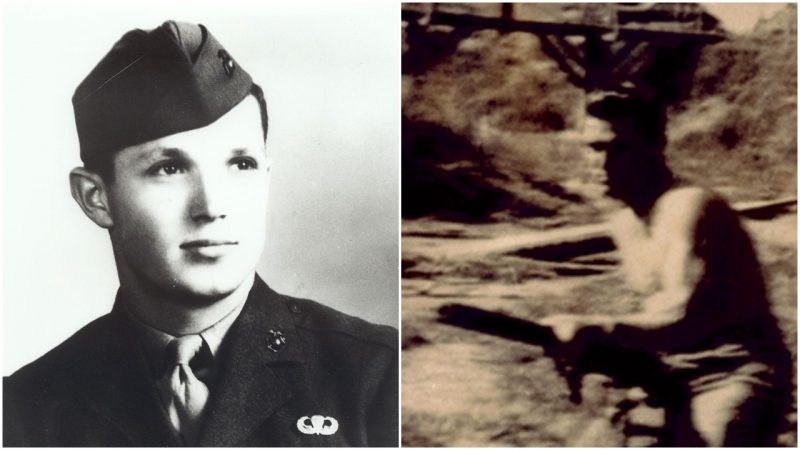Soldiers throughout World War II had to be industrious. Sometimes fighting in remote corners of the world, or in circumstances that limited resupply or re-equipping, meant that men on all fronts had to improvise.
Though fighting men of all armies were masters of improvisation and invention, the men of the United States’ armed forces had a particular knack for using the materials at hand to help them overcome the tough situations they found themselves in.
Probably the most famous example of this improvisational ability came in 1944 when the Allies were trying to find a way through the hedgerow country of Normandy following the D-Day invasion.
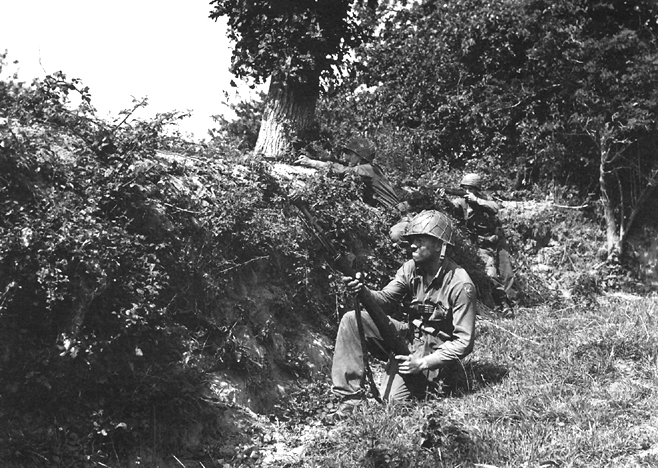
Sergeant Curtis Culin III of the 102nd Cavalry Reconnaissance Squadron, 2nd Armored Division of the New Jersey National Guard welded pieces of German anti-tank obstacles to the front of a tank, allowing it to dig into and push through the many hedgerows he and his comrades encountered. The idea soon caught on and helped in the breakthrough out of Normandy.
Half a world away and eight months later, a Marine corporal named Tony Stein, from Dayton Ohio, used an improvised weapon against the Japanese on Iwo Jima.
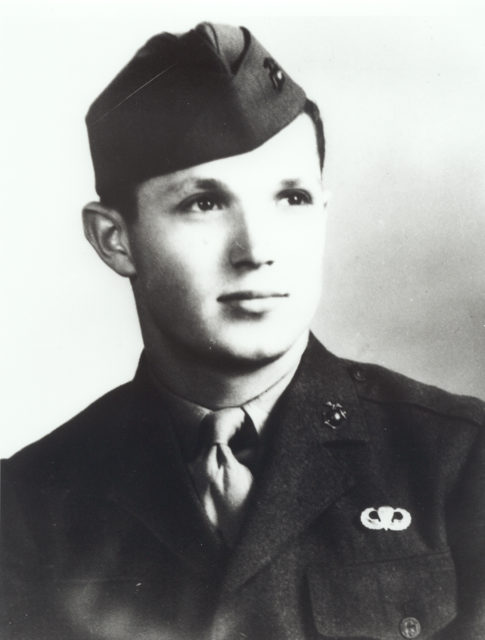
Stein was among the “best of the best”, a Paramarine – one of a small number of men in the US Marine Corps in their version of the paratroops. Though trained as paratroopers, Stein’s unit never dropped into action from above. However, they did see action on the island of Vella Lavella in the Solomons, and in the Bougainville Campaign on New Guinea.
Stein was the child of Jewish immigrants from Austria, and like many children of immigrants, and especially ones from hostile countries, he wanted to prove his and his parents’ loyalty to their new country.
At the time, being a Jewish recruit in the Marines was not an easy task in and of itself, and Stein must have had both a thick skin and good fists to take the ribbing he must have taken as a recruit. But, once through basic training, he was a Marine and nothing else mattered.
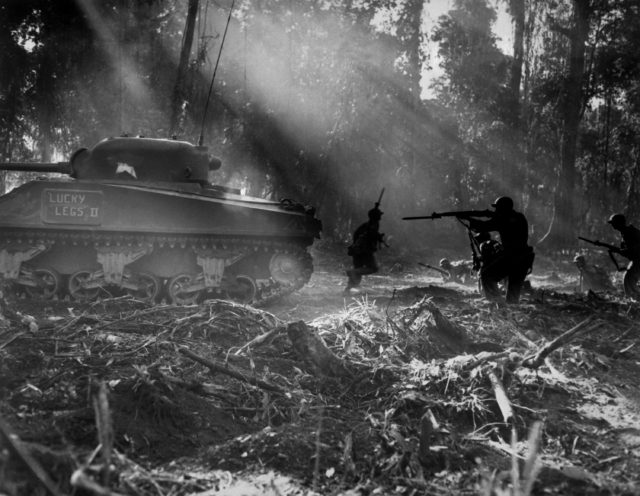
In February 1944, the Paramarines were disbanded and the men sent to other units. Stein found himself with the new 5th Marine Division, in Company A, 1st Battalion, 28th Marine Regiment. He had been promoted to corporal after serving with distinction on New Guinea–on one occasion he had single-handedly taken out five enemy snipers in one day.
Stein had used a peculiar and unique weapon to take out the Japanese marksmen: a modified .30 caliber machine gun that he had retrieved from a downed US Dauntless dive bomber.
Prior to entering the Marines, Stein had been a toolmaker in Ohio, and his skills with metal allowed him to modify the aircraft gun in a way that made it possible to carry as a personal weapon. A small number of other Marines crafted similar weapons.
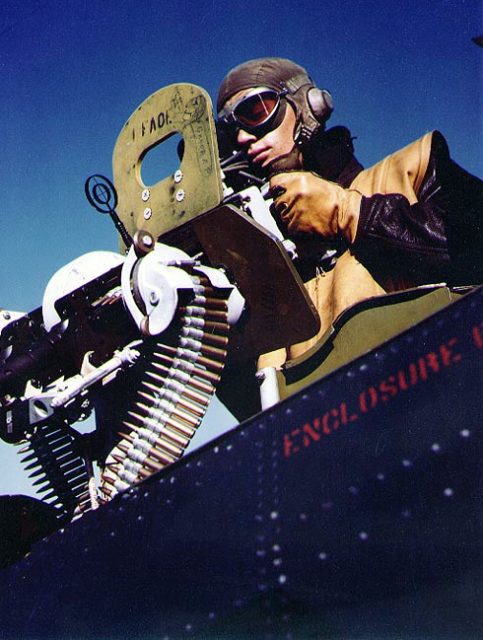
It became known as “the Stinger”, and a number of them were made after the Bougainville campaign. The .30 caliber machine gun on the Dauntless was designated “ANM2” and was lighter than its infantry counterpart, the M1919, which was generally used in a fixed position, as a support weapon, or mounted on vehicles. The aircraft version also fired at a greater rate than the M1919: 1200-1500 rounds per minute as opposed to 400-600.
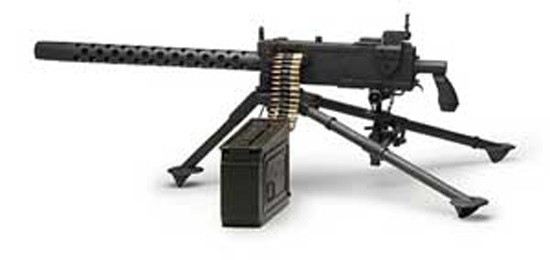
Stein and other Marines fixed an M1 Garand rifle stock to the gun and welded the Garand’s sights to the MG. They also fitted the weapon with a bipod, this time taken from the Browning Automatic Rifle, or BAR.
Though the aircraft version of the gun was lighter than the M1919 (23lbs as opposed to 31lbs), it was still heavier than either the M1 (9.5lbs) or the BAR (nearly 16lbs). A Marine had to be strong to carry and handle the Stinger.
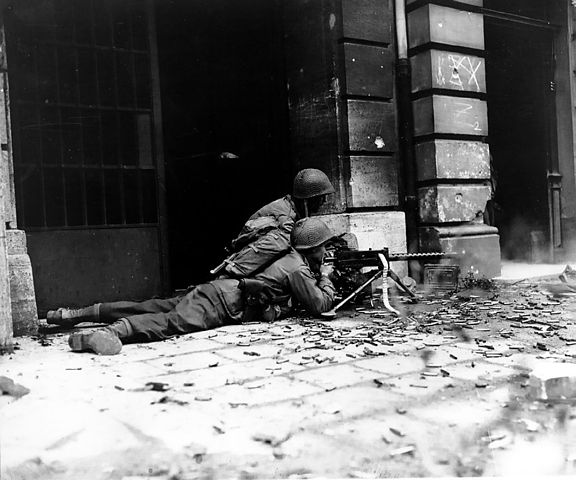
Tony Stein carried the Stinger into battle in February 1945 during the invasion of Iwo Jima. Stein’s unit landed on the black volcanic sand beaches of the island in the first waves. The landings were initially unopposed, and many of the Marines were puzzled by the lack of a Japanese response.
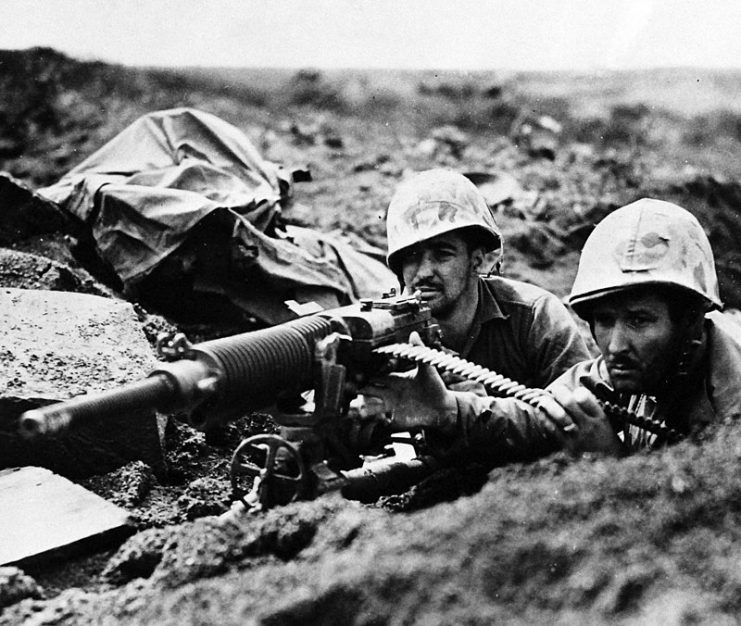
However, the Japanese were waiting for the Americans to pile up on the beach, which was extremely difficult to both walk and drive on. The Japanese had a perfect view of the Marines’ landing – the bulk of their forces and artillery were on nearby Mount Suribachi, overlooking the beach. When the time was “right,” the Japanese on Suribachi and near the beach opened up with everything they had.
Those familiar with the story will know what followed – the beach became a killing ground, made worse by the backlog of men and materiel the Japanese had allowed to land. If the Marines didn’t get off the beach, they would all die under the Japanese guns.
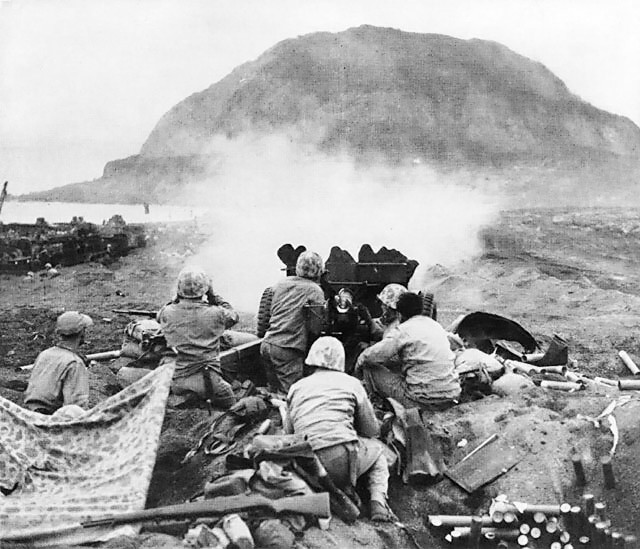
Near Stein’s position, Japanese strong-points and fortified pillboxes were pinning men down. To draw their attention away from his men, Stein literally stood up and waved.
Drawing their fire, he was able to locate the positions of the camouflaged Japanese positions. Standing up and waving was crazy enough, but what Corporal Stein did next defies imagination. He charged.
Stinger in his hands and ammunition around his neck and body, Tony Stein took out an untold number of Japanese machine gun and mortar positions. He killed at least twenty of the enemy single-handed.
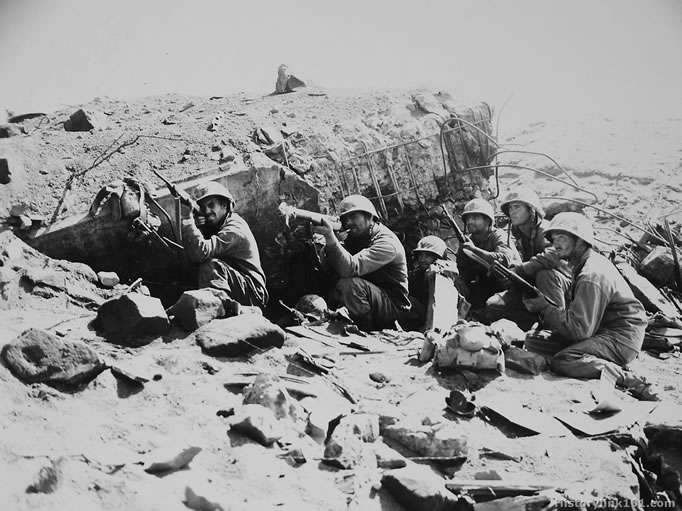
That’s not all, however. The Stinger ate ammunition, and Stein made his way back to the beach no less than eight times to retrieve more ammo. Each time, he helped wounded Marines back to medics on the beach. That action took place on February 19.
Four days later, Stein’s unit was part of the savage fighting that took place on the slopes of Mount Suribachi. During the fighting on the 23rd, Stein was wounded and sent to a hospital ship at sea.
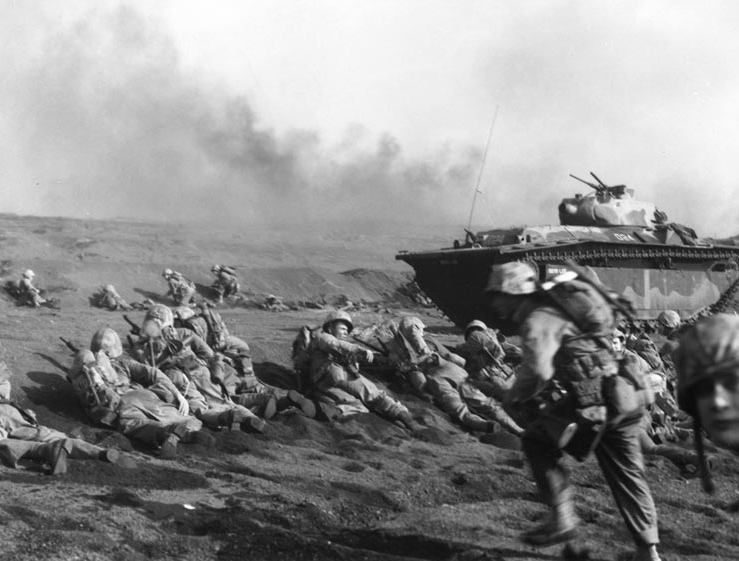
A few days later, Stein left the ship without authorization because he had heard that his unit was having a tough time on Hill 362A, a lesser-known height on the west side of the small island. Sadly, on March 1, Stein was killed by an enemy sniper while on point during a patrol against an enemy machine gun position.
Read another story from us: Battle of Iwo Jima with Amazing Video and Combat Photos
One year to the day after his heroic charge on Iwo Jima, Stein’s widow received the Medal of Honor on her husbands’ behalf. A US Navy frigate, the USS Stein, commissioned in 1972, was named after him.
